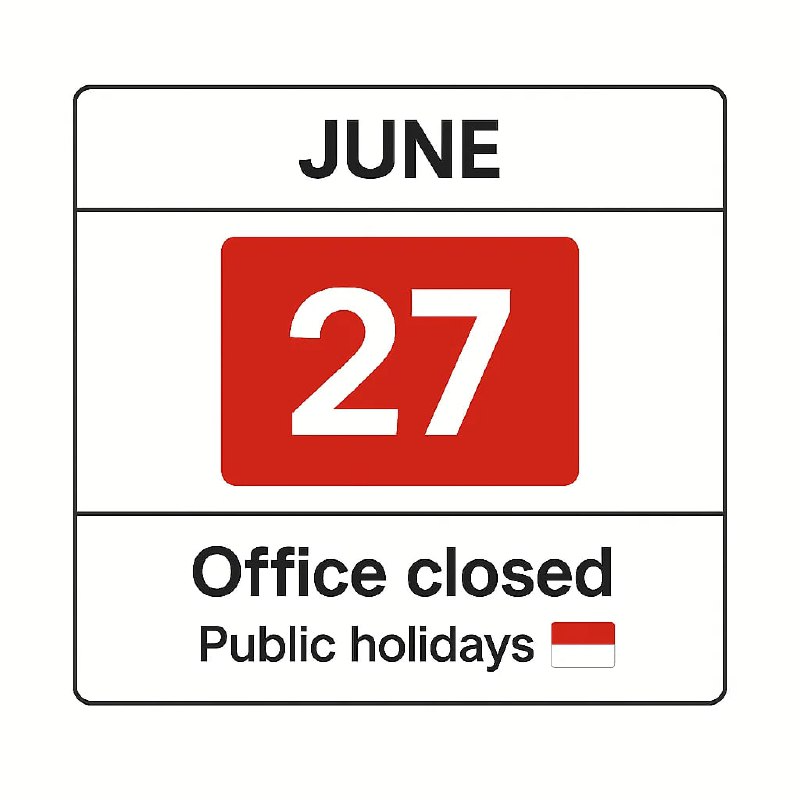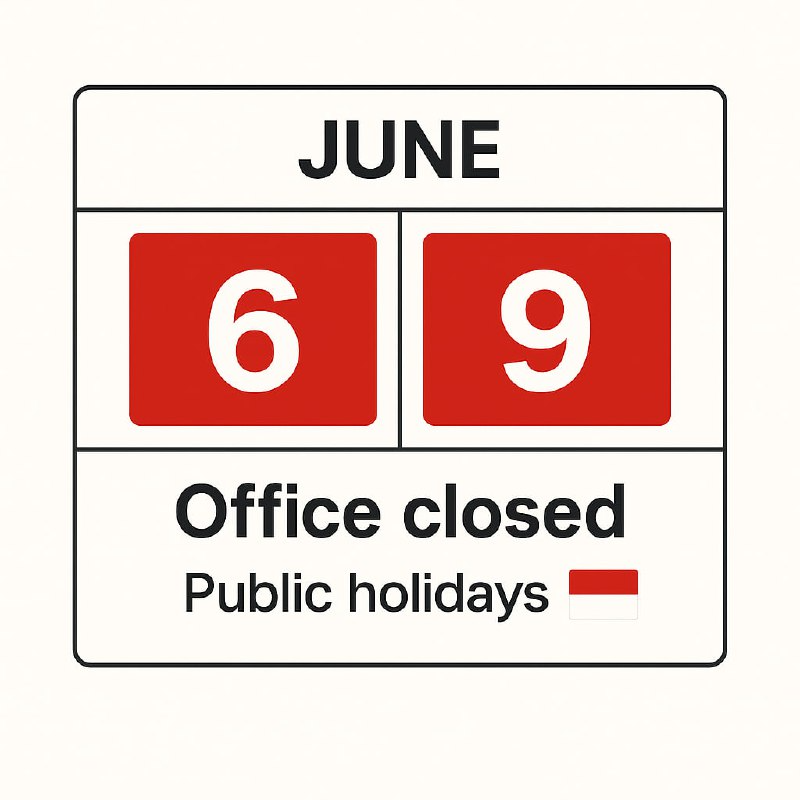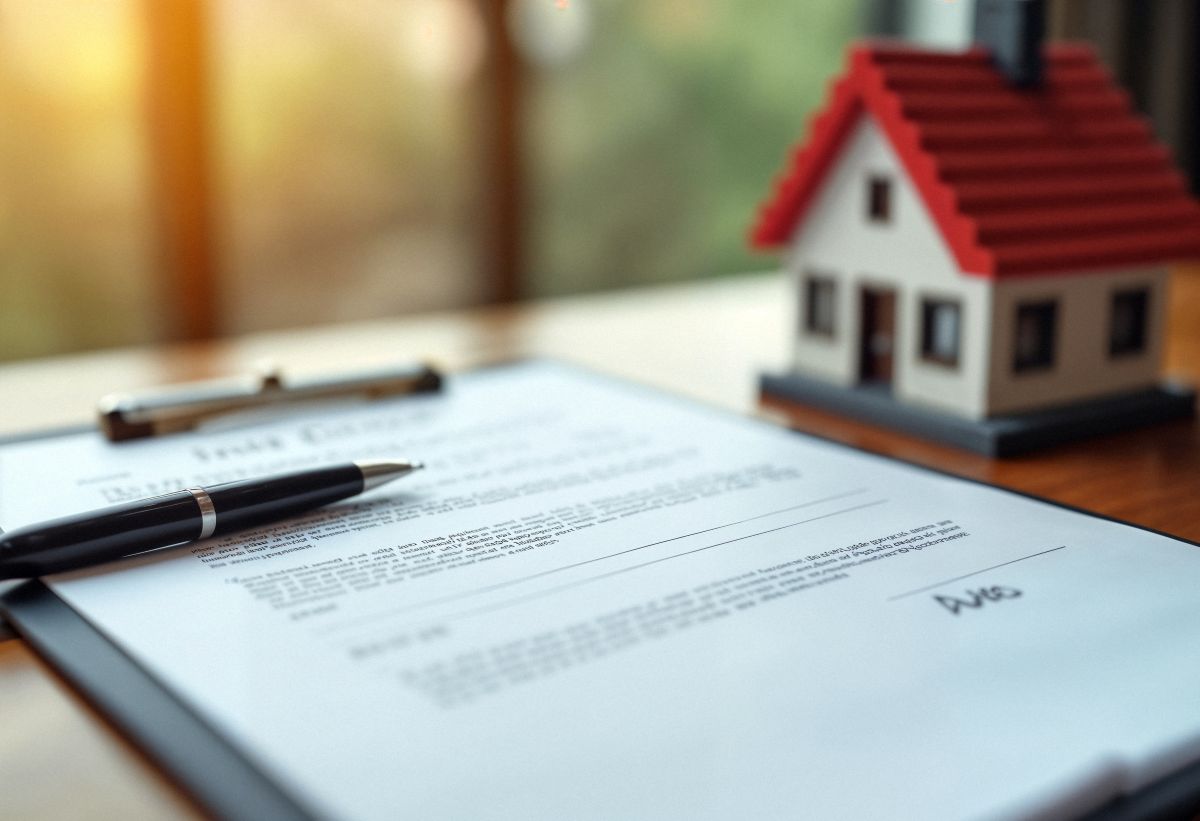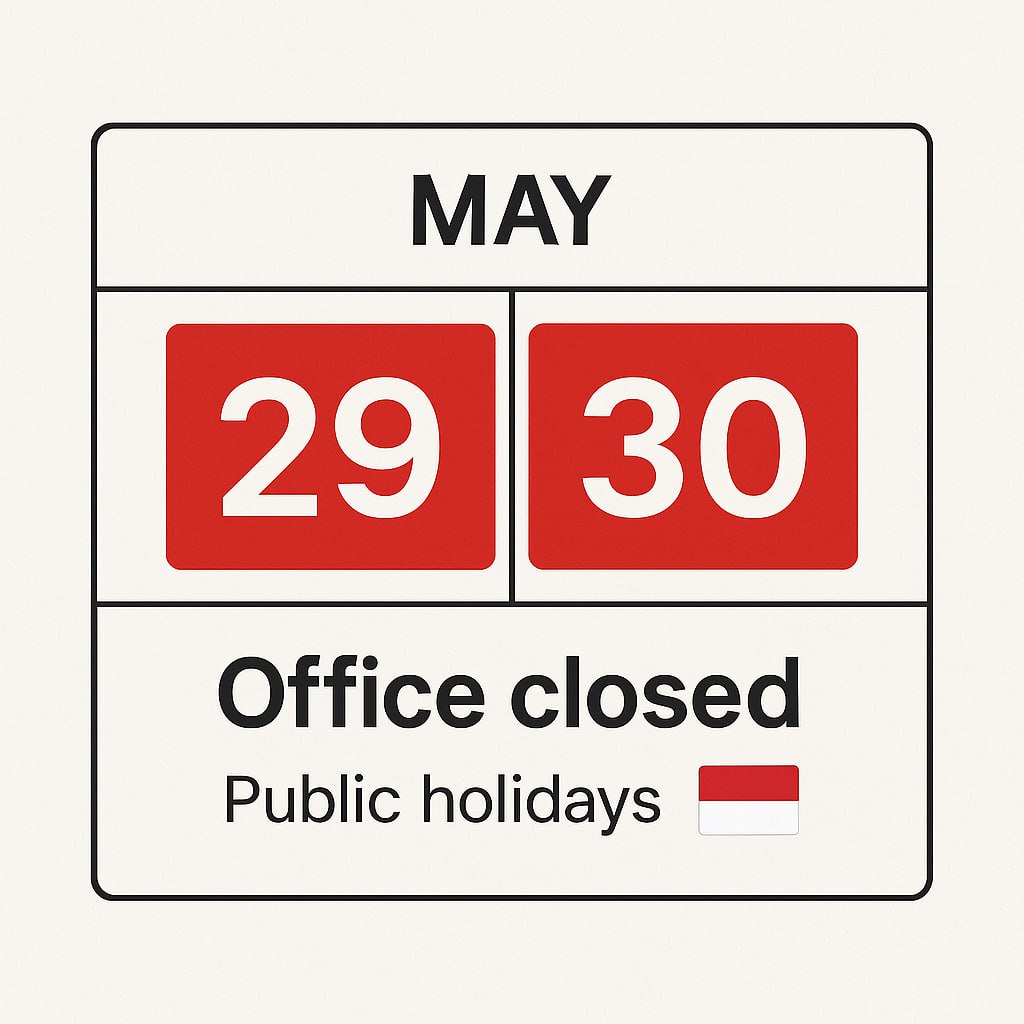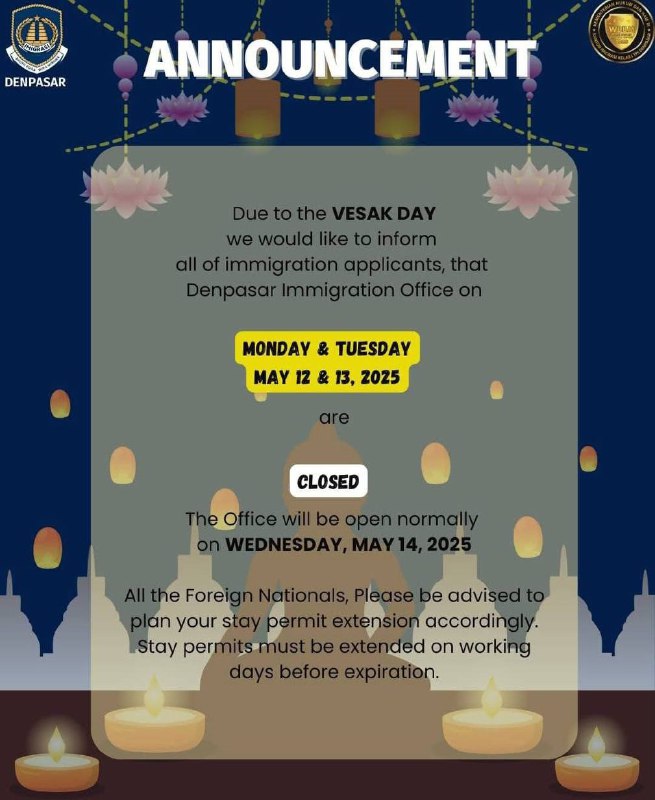Restaurant tax: tariffs and calculation (part 1)
For those who have chosen Bali as their new home, sooner or later the question of earning a living arises. Foreigners on the island often invest in their own business, and one of the popular directions is the food service industry – cafes and restaurants.
The legal firm “Legal Indonesia” not only assists with company registration, but also provides accounting and tax support, taking on the primary responsibilities for managing your business. In order to help you better navigate the topic of Indonesian taxation, we will discuss the key aspects of the restaurant tax in this article and provide an example for calculation.
Restaurant tax, hotel tax and entertainment tax are taxes on services provided by restaurants and other entertainment establishments that are levied by the regional government.
The definition of a restaurant includes establishments that provide food and/or drinks for a fee. These include:
Restaurant
Cafeteria
Dining room
Roadside stall (Warung)
Bar
Catering services.
Many people think that the tax indicated on the receipt when purchasing food or drinks at a restaurant or cafe is considered value added tax (VAT), but this is not the case. The restaurant tax included in the tax (BP1) is a tax that refers to district/city fees, in accordance with the Law on Regional Fees (UU) No. 28 of 2009 and Regional Fees (PDRD).
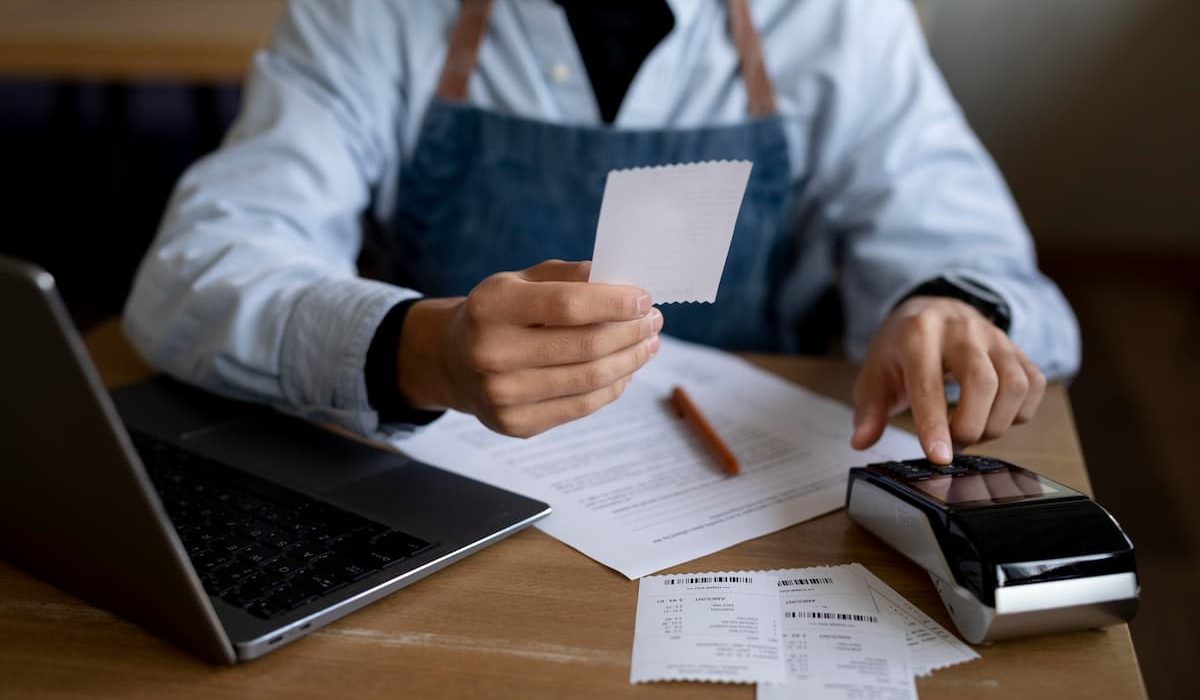
1. Tax object PB1
In accordance with paragraphs (1) and (2) of Article 37 of the PDRD Law, the subject of the restaurant tax is the service of selling food/beverages consumed by customers, regardless of whether they are consumed at the point of service or elsewhere (food delivery services).
2. Tax subject PB1
The subject of the tax is the buyer’s services provided by the restaurant. These are individuals and legal entities, as well as companies using the services of the restaurant.
So, PB1 is not charged to restaurant owners, but is paid by the consumer and included on the restaurant’s receipt.
3. Taxpayers PB1
The taxpayer is the owner or manager of the restaurant business, the one who collects tax from the buyer and recalculates it to the state budget.
It means that the restaurant owner is only an intermediary who contributes the PB1 tax paid by the consumer.
Not all restaurants are required to pay PB1. There are specific criteria for restaurants exempt from tax payment. Each region independently sets the income threshold at which restaurants are exempt from payment. For example, in Jakarta, restaurants with an annual income of less than 200 000 000 IDR (200 million) are not subject to PB1 tax.
4. The tax rate for restaurant PB1
According to Article 40, paragraph 1 of the Law on Local Taxes and Levies (UU PDRD), it is established that the maximum tax rate for a restaurant is 10% of the tax base. The law grants local authorities the authority to set PB1 rates in their regions, so it is not surprising that they may vary in each district. However, they must not exceed the rate limit set in the Law. Most districts set maximum rates in accordance with what is prescribed in their regional rules.
5. Restaurant Tax and Service Charge: what is the difference
There are significant differences between the restaurant tax (service tax) and the service charge, despite the fact that at first glance both of these fees may seem similar. It is important to note that not all restaurants impose a service charge.
The restaurant tax (income tax) is a mandatory tax set by the government, while the service charge is an amount determined by the restaurant itself.
The service charge is only applied in those restaurants that anticipate an additional fee for the services provided. This charge is not a tax, and the funds collected from it go to the restaurant’s own cash register.
The size of the service charge is set individually by each restaurant and typically ranges from about 5% to 7%, but can also be 10%.
6. Tax calculation
To calculate the tax, you need the tax base (DPP), which consists of the sum of received payments or those that should be received by the restaurant. Typically, this amount includes the service charge described above. The tax base is multiplied by the tax rate using the formula:
PB1 = DPP * Restaurant Tax Rate
For example:
Mr. A orders Nasi Goreng for 50 000 IDR, a cup of tea for 15 000 IDR and dessert for 25 000 IDR. The restaurant charges a 5% service fee. The restaurant is located in Jakarta, and the tax rate set by the municipality is 10%, so:
Total amount for the food: 50 000 + 15 000 + 25 000 = 80 000 IDR
Service charge: 5% * 80 000 IDR = 4 000 IDR
Tax base: 80 000 + 4 000 = 84 000 IDR
Restaurant tax: 10% * 84 000 = 8 400 IDR
The total amount indicated on the bill should be: 84 000 + 8 400 = 92 400 IDR
You can read the continuation of this topic in the article “Hotel and restaurant tax: tariffs, calculations, payment and reporting (part 2)”.


